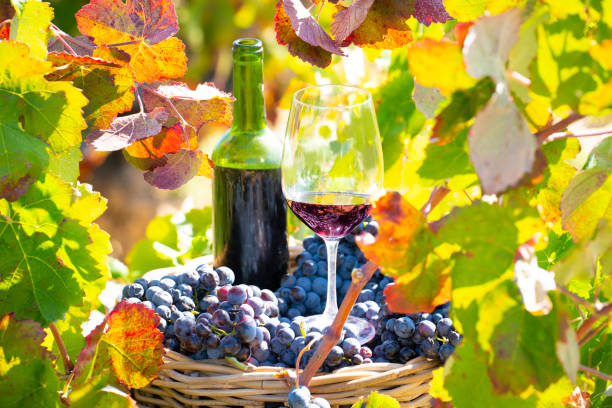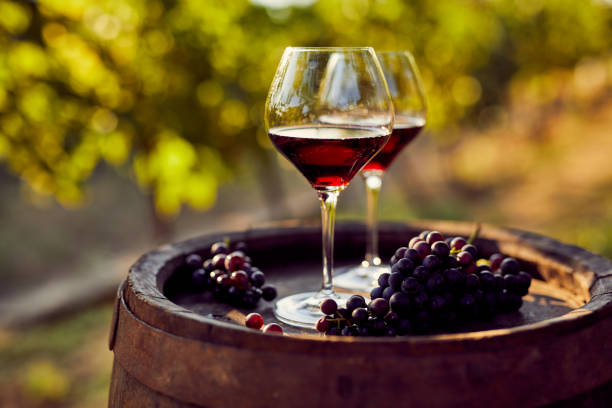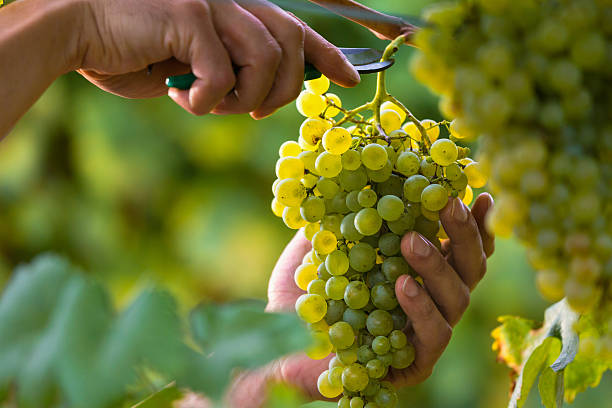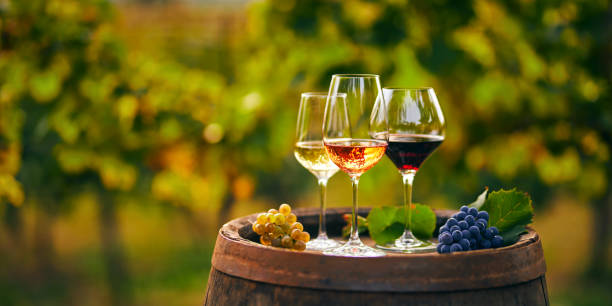If you love wine, then you’ve heard the following myths about wine grapes over and over again. The truth is that these myths aren’t even close to being true, yet they continue to exist and be accepted as fact by people all over the world. Read on to learn why there’s so much confusion surrounding wine grapes and what you can do to set yourself apart from everyone else who doesn’t know the facts from fiction when it comes to viticulture.
1) Myth: Pinot Noir is low yielding

Despite popular belief, this could not be further from the truth. While yields are much higher in some regions where yields of lesser quality grapes are difficult to get, for a lot of the pinot noir around the world, there is a large difference between theory and reality. In California and Oregon especially, yields can be as high as 25-30 tons per acre on average.
2) Myth: Merlot makes wines with lots of oak
Traditionally, Merlot has been used to make wines with oaky flavors. When blending Merlot with other grapes like Cabernet Sauvignon and Cabernet Franc, these wines are typically intended for aging in oak barrels for several years before being released. If you want a wine with less oak then a Chardonnay or Sauvignon Blanc would be the better choice.
3) Myth: Syrah/Shiraz is poor table wines

It’s true that Shiraz and Syrah are grapes known for their strong, assertive flavors which are perfect for the rigors of making world-class wine. This is why they make up a large percentage of red wines.
4) Myth: Cabernet Sauvignon doesn’t do well in cool climates
Despite the nickname Big Red, these grapes will actually fare better in colder climates where their flavors can deepen. This means that Cabernet Sauvignon does not do well in warmer climates, like California. However, it can be very successful in cooler regions of the United States such as Oregon or New York State. Cabernet Sauvignon will usually grow best in environments with cool days and nights, as well as warm summer days.
5) Myth: Pinotage is a grape variety, not a type of blend

One of the most common misconceptions about Pinotage is that it is a grape variety, but in reality, it is a type of blend. It’s also often incorrectly stated that it has something to do with Pinotum grapes – which don’t exist. The grape is actually from Pinot Noir and Cinsault grapes with some small additions like Grenache or other red varieties.
6) Myth: Bordeaux blend is the best way to make high-quality wine
Although a Bordeaux blend is often thought to be the best way to make high-quality wine, recent analysis has found that blending grapes from different regions can actually create better wines. Wines made from grapes grown in diverse areas not only have unique tastes and aromas, but they also receive different levels of sunlight, temperature, and rainwater which all contribute to how the grapes grow.
7) Myth: Chardonnay and White Burgundy are the same thing

One of the most common misconceptions about wine grapes is that Chardonnay and White Burgundy are two different grape varieties. They are actually the same grape. The only difference between the two is how they were cultivated and what style of wine they produce. For example, in Burgundy, it’s always Pinot Noir with a few scattered Chardonnays around the outskirts whereas, in Chablis or California’s Central Coast, it would be all Chardonnay.
8) Myth: Old Vine wine means it’s from old vines
Old vine wine means it’s from old vines. FALSE. Vines continue to grow, so every year the vine puts on more wood and will eventually produce more grapes. Depending on the care taken with that grapevine, its age can vary dramatically from a few years old to 500+ years old in places like California and France’s Rhone Valley.
9) Myth: Malbec thrives in hot climates like Australia and California

A type of grape, Malbec thrives in hot climates, like those of Australia and California. It needs these places for the fruit to mature properly because it can’t ripen in a cooler environment. If you live in a colder climate, this wine may not be for you!
